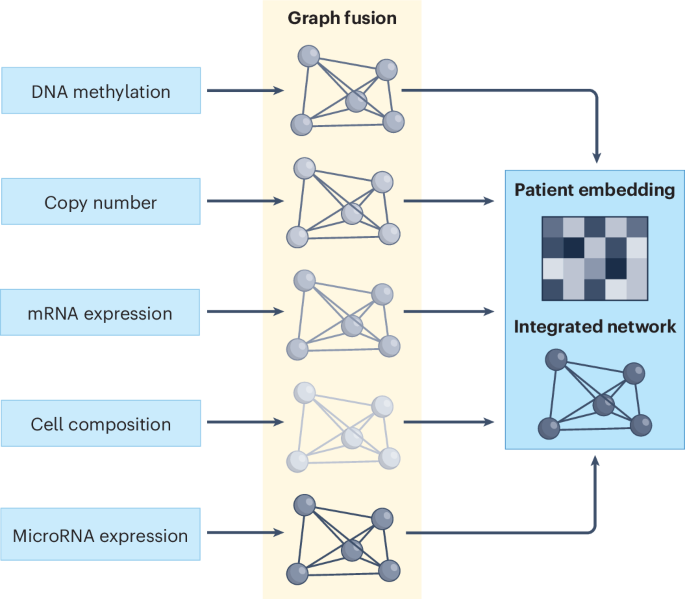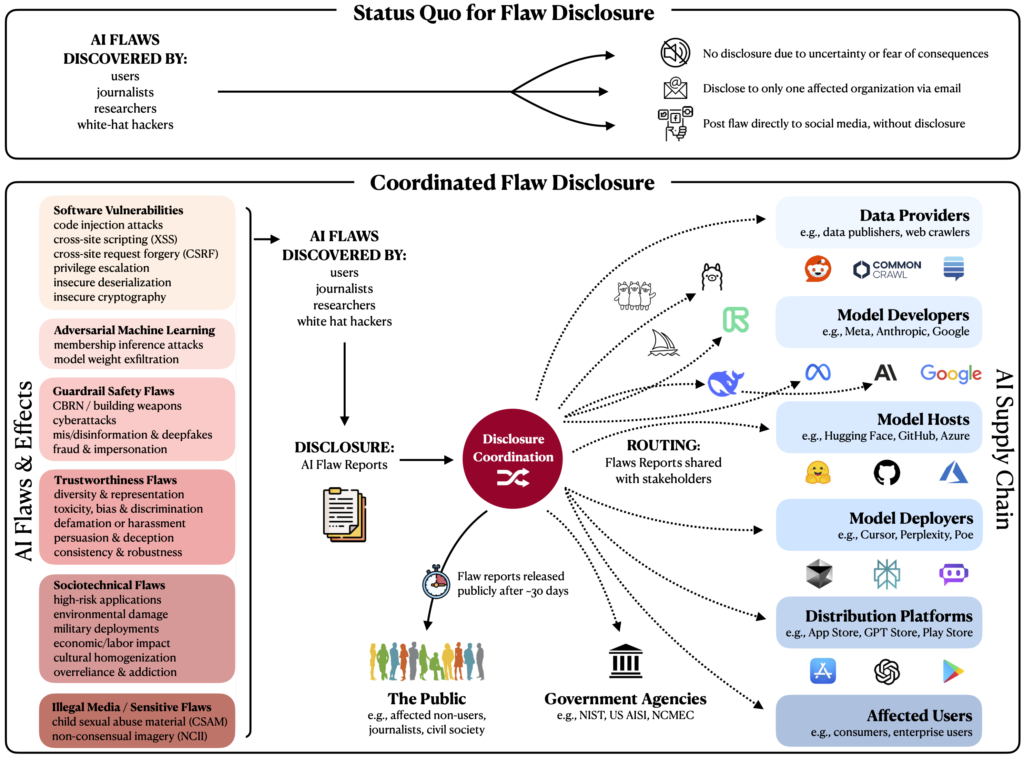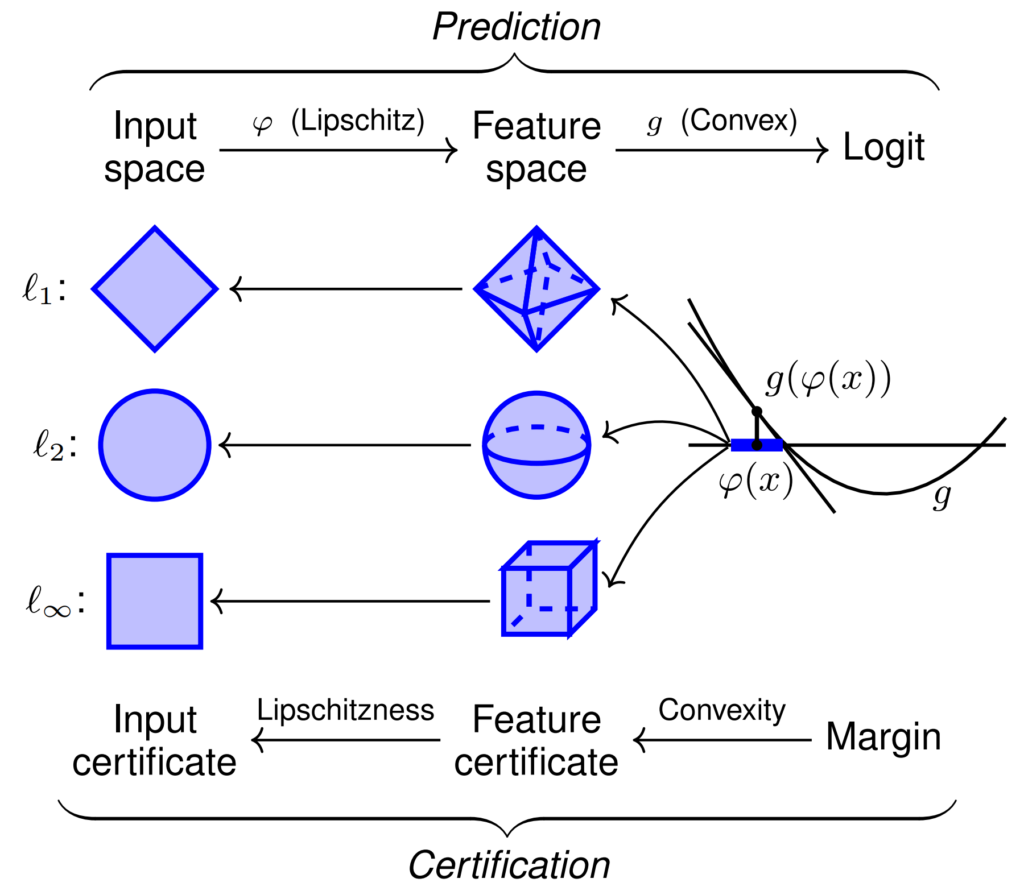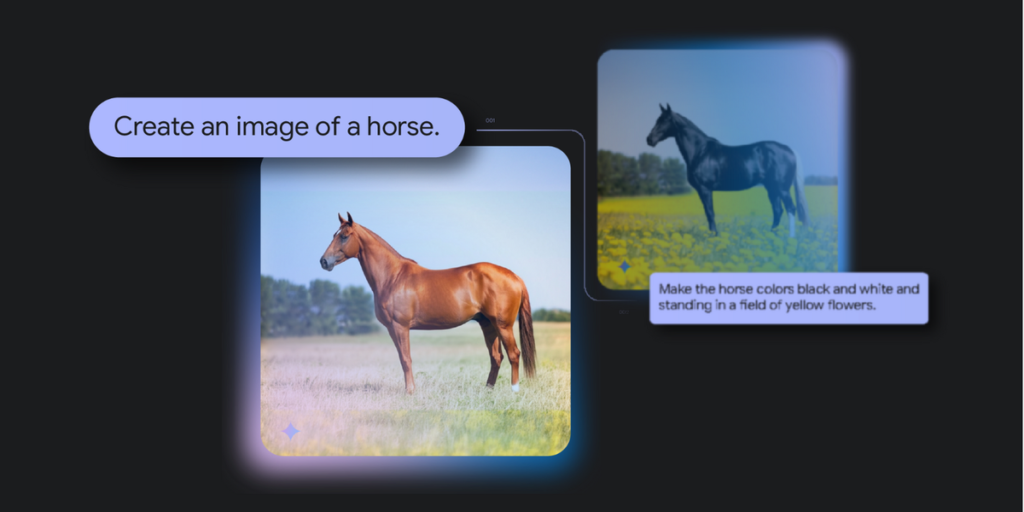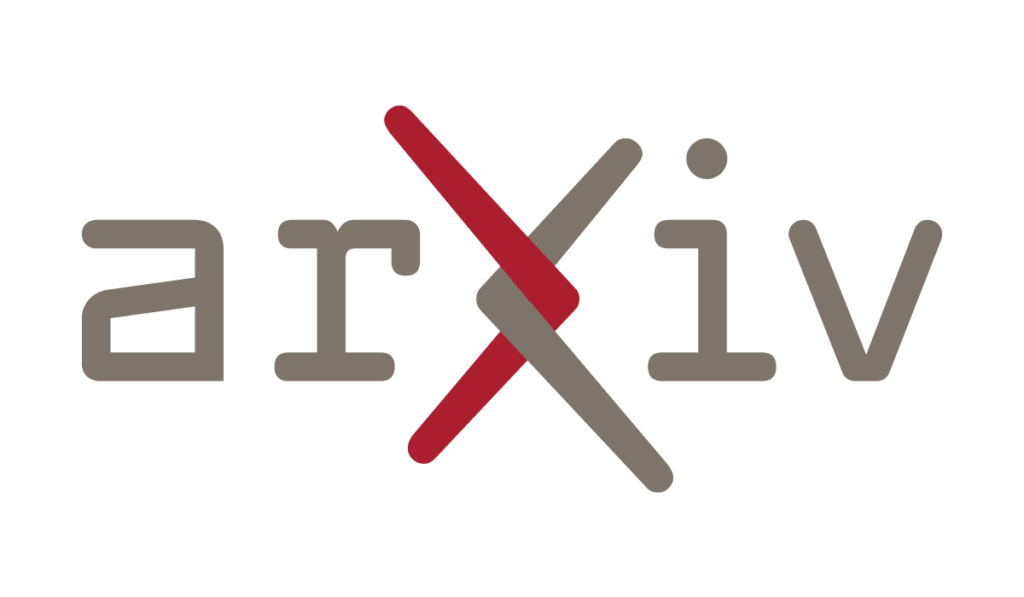March 14, 2025
Curve Circuits
Author Contributions As we mentioned in Curve Detectors, our first investigation into curve neurons, it’s hard to separate author contributions between different papers in the Circuits project. Much of the original research on curve neurons came before we decided to separate the publications into the behavior of curve neurons and how they are built. In this section we’ve tried to isolate contributions specific to the mechanics of the curve neurons. Interface Design & Prototyping. Many weight diagrams were first prototyped by Chris during his first investigations of different families of neurons in early early vision, and some of these were
